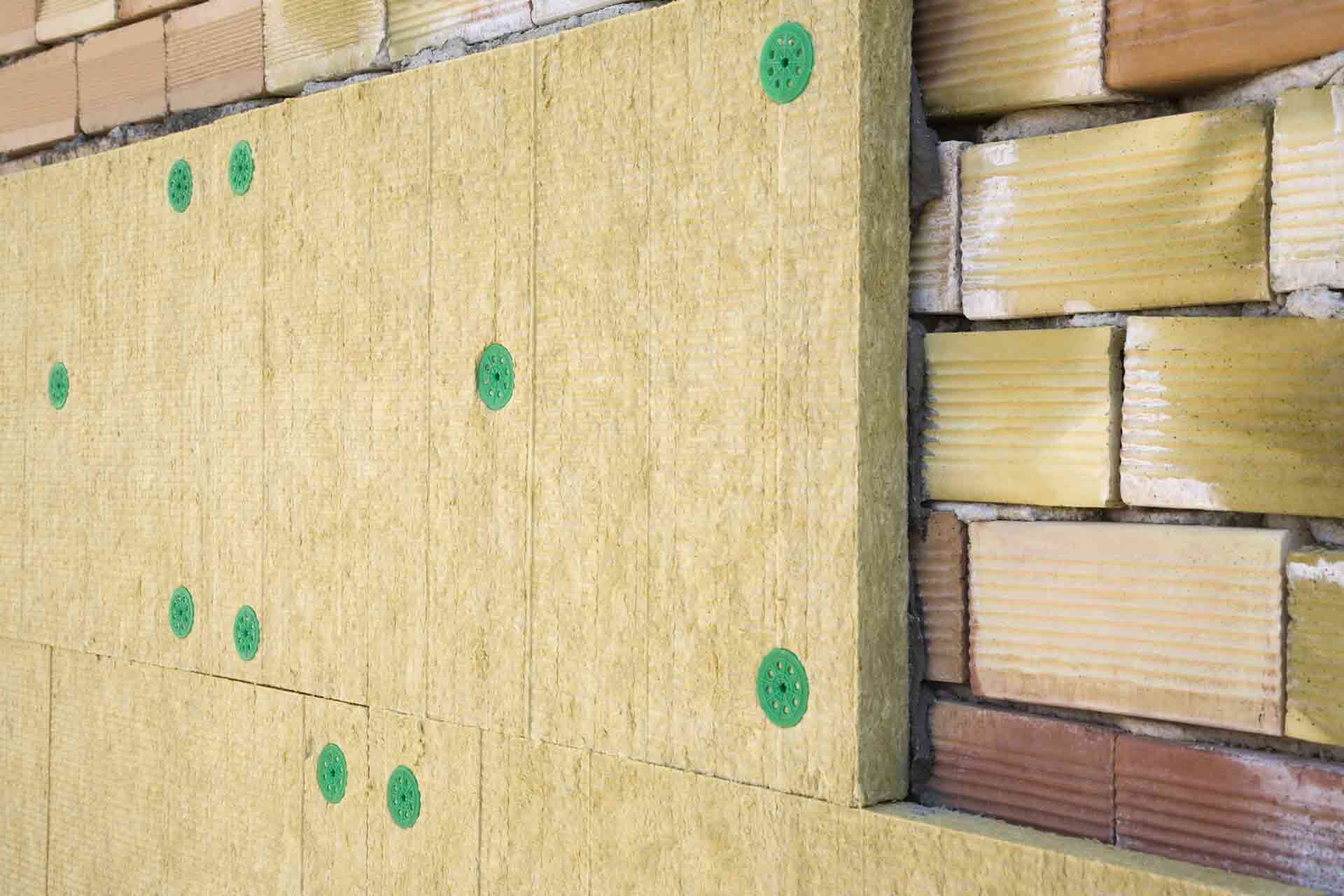Blog>Cost Guides>Cost to build a garden rugby pitch - get match ready
Last updated: 7 September 2023
Cost to build a garden rugby pitch - get match ready
Thinking about adding a rugby pitch to your back garden? We'll take you through the costs and steps of creating your own hallowed turf.

One of the biggest challenges you'll face when building a rugby pitch in your back garden is ensuring a level playing field (and finding the space!).
It may be that you need to hire a skilled landscaper at the outset to take care of this crucial step, but it is entirely possible to create the rugby pitch you want with a few of our top tips.
How much does it cost to build a rugby pitch in your garden?
The cost of a rugby pitch can vary depending on many factors. To calculate a ballpark budget, you will need to consider the type of grass used, the size of the pitch and the overall quality of the materials.
| Cost provided item | Average UK cost |
|---|---|
| Natural hard wearing grass (per m²) | £18 |
| Mid-range artificial grass (per m²) | £45 |
| Gravel for drainage (Jumbo bag) | £70 |
| Landscape gardener (per day) | £180 - £280 |
| Last updated: May 2024 Our costs are ballpark averages - get a local tradesperson to quote now | |
In this article, you will find simple steps to follow and some handy insights to consider when building a rugby pitch of your own. If you decide to get a professional in to build your pitch, it is worth noting that costs will vary considerably.
We recommend getting a few quotes from local professionals before you get started. The results from an expert landscape gardener will be superior to DIY efforts, so you may feel it is well worth the investment at around £180 - £280 per day.

Planning your garden rugby pitch project
Determine the correct size of the rugby pitch
Very few back gardens can actually accommodate a 100m by 70m professional pitch, so choosing the right size for your rugby pitch is key.
If you do need a full-size pitch, it would make sense to consider hiring one for an hour or so when required. If you can compromise, you can easily fit a smaller pitch into the available space you have.
Choosing the right place
When planning the location of your pitch, take into account the following:
Do not locate it too close to buildings; unsuccessful passes could compromise personal property and windows!
The area should not be in the lowland - after rainy weather, it will take too long to dry
It's recommended the area be covered somewhat by shadows from nearby trees and bushes so that players will be less subject to summer heat
Selecting the best playing surface
Before building a rugby pitch, you will need to choose between natural grass and artificial turf.
For natural hard-wearing grass turf, you can expect to pay £18 per m². Remember though, natural grass is easily damaged by frequent games, meaning maintenance efforts are more complicated and time-consuming.
If you choose a synthetic surface, you'll pay around £45 per m². The playing comfort is equally as good. The resilient base of artificial turf can even help to reduce the risk of injury. In contrast to natural grass, artificial turf is also incredibly durable and doesn't require too much upkeep.
Constructing a rugby pitch requires much planning and consideration, that's why it is highly advisable to seek help from an experienced professional.
See the tradespeople we've checked and recommend for your job
Preparing to build your pitch
Providing the right surface for a rugby pitch
To keep your rugby pitch durable, it should have a special structure to enable excess moisture to immediately leave the surface and dry up quickly, ensuring the soil is resilient and long-lasting.
To construct a solid rugby pitch, first, remove the upper soil level (about 30-50 cm) over the entire area of the playing area
Around the perimeter, it is recommended to install drainage pipes (in some cases also concrete curbing) with a slope towards an underground water harvesting tank. Alternatively, you can construct your pitch with a "turtle back" drainage system. With this design, the flat area of the pitch is surrounded by a 1-1.75% slope, allowing water to drain from the play area. This option is easy and reasonable for a garden pitch but works best along with underground drainage
The bottom of the pit is filled with about 15 cm layer of crushed stone (pieces of 20-40 mm). A Jumbo bag of gravel for drainage will set you back about £70
A 10 cm layer of fine gravel or sand is poured on top and pressed down with water. You can use a layer of geotextile to separate the drainage layer from the turf layer
Install a layer of shock pad for artificial grass
If you don't want to wait for the real grass to reach the needed length, you can use natural grass carpet rolls, but these are a more expensive option. If using artificial grass, sand and crumb rubber infill should be added for better performance
How to build your rugby goalposts
An official rugby goal size is 5.6 meters wide and 17 meters high.
One way to make rugby goalposts is to use PVC pipes, attaching them together to create the framework. You can make these according to the space you have available.
For the real deal, why not get a pro to make you aluminium goalposts?
Basic maintenance tips for a natural grass pitch
Your rugby pitch must be fertilized, mowed and watered regularly to keep it well-groomed and healthy. Mow as often as the grass reaches approximately 10 cm and water every day, early in the morning. In dry weather, try to water in the morning and late evening, and for best results, use a water spray nozzle.
Remember, you will need to take care of repairing holes and bare patches and remarking the pitch when lines are damaged. With some tender care, your pitch will be the envy of your sporting friends!
Why not consider a home gym to get match fit?
If watching rugby inspires you to get fitter, why not consider your very own home gym? That way you'll be pacing up the pitch in no time.
Take a look at our home gym cost guide for more information.
Next steps to get your rugby pitch project underway
Decide if you have the time and skills to tackle this project yourself
Create a shopping list and a building schedule
Order your materials and get started
Don't fancy doing it yourself? Hire a professional to create your dream pitch
See the tradespeople we've checked and recommend for your job
More Cost Guides
See the tradespeople we've checked and recommend for your job



